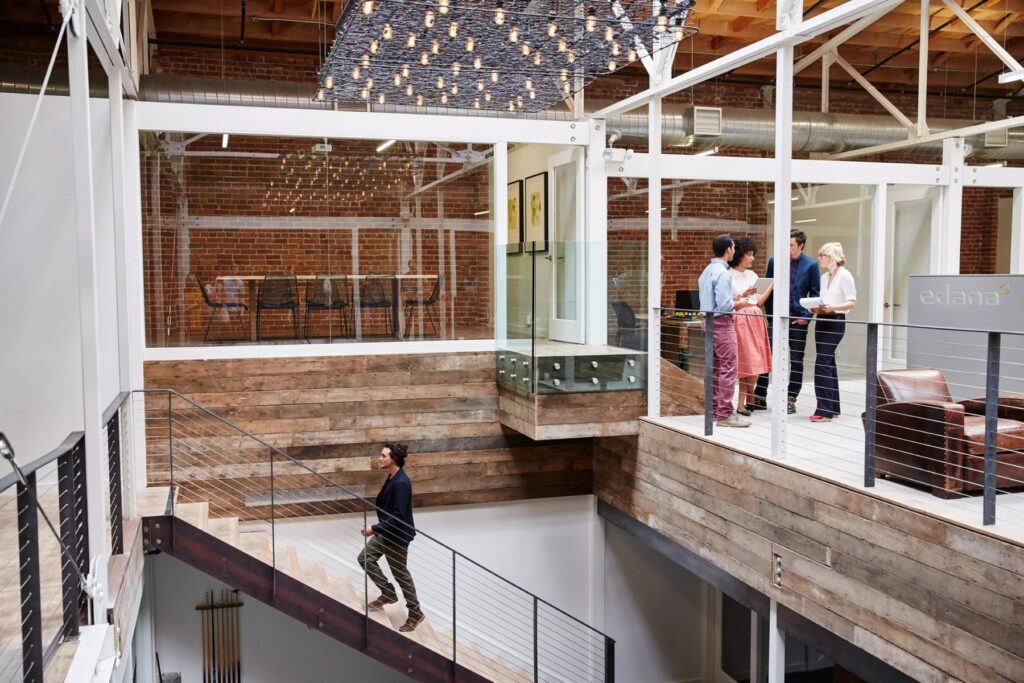Summary – Without alignment between code and business complexity, your application remains fragmented, hard to evolve, and expensive to maintain. Domain-Driven Design structures development around a shared business language and bounded contexts, modeling entities, aggregates, and services to create a modular, scalable architecture centered on business value. It boosts IT/business collaboration, cuts maintenance costs, and enables incremental migration to microservices.
Solution: conduct a DDD assessment, run collaborative workshops, define your bounded contexts precisely, and deploy decoupled modules.
Many software projects struggle to faithfully capture the complexity of business processes, resulting in scattered code that is hard to evolve and costly to maintain. Domain-Driven Design (DDD) offers a strategic framework to align technical architecture with the company’s operational realities. By structuring development around a shared business language and clearly defined functional contexts, DDD fosters the creation of modular, scalable software focused on business value. This article presents the fundamentals of DDD, its concrete benefits, the situations in which it proves particularly relevant, and Edana’s approach to integrating it at the heart of bespoke projects.
What Is Domain-Driven Design (DDD)?
DDD is a software design approach centered on the business domain and a shared language. It relies on key concepts to create a modular architecture that clearly expresses rules and processes.
Key Vocabulary and Concepts
DDD introduces a set of terms that enable technical and business teams to understand one another unambiguously. Among these notions, “entities,” “aggregates,” and “domain services” play a central role.
An entity represents a business object identifiable by a unique ID and evolving over time.
An aggregate encompasses a coherent cluster of entities and value objects, ensuring the integrity of internal rules upon each change.
Building a Ubiquitous Language
The Ubiquitous Language aims to standardize terminology between developers and business experts to avoid misalignments in the understanding of requirements.
It emerges during collaborative workshops where key terms, scenarios, and business rules are formalized.
Bounded Contexts: Foundations of Modularity
A Bounded Context defines an autonomous functional scope within which the language and models remain consistent.
It enables decoupling of subdomains, each evolving according to its own rules and versions.
This segmentation enhances system scalability by limiting the impact of changes to each specific context.
Why Adopt DDD?
DDD improves code quality and system maintainability by faithfully translating business logic into software architecture. It strengthens collaboration between technical and business teams to deliver sustainable value.
Strategic Alignment Between IT and Business
By involving business experts from the outset, DDD ensures that every software module genuinely reflects operational processes.
Specifications evolve in tandem with domain knowledge, minimizing discrepancies between initial requirements and deliverables.
Business representatives become co-authors of the model, guaranteeing strong ownership of the final outcome.
Technical Scalability and Flexibility
The structure of Bounded Contexts provides an ideal foundation for gradually transitioning from a monolith to targeted microservices architecture.
Each component can be deployed, scaled, or replaced independently, according to load and priorities.
This modularity reduces downtime and facilitates the integration of new technologies or additional channels.
Reduced Maintenance Costs
By isolating business rules into dedicated modules, teams spend less time deciphering complex code after multiple iterations.
Unit and integration tests become more meaningful, as they focus on aggregates with clearly defined responsibilities.
For example, a Swiss technology company we collaborate with observed a 25% reduction in support tickets after adopting DDD, thanks to better traceability of business rules.
Edana: strategic digital partner in Switzerland
We support companies and organizations in their digital transformation
In Which Contexts Is DDD Relevant?
DDD proves indispensable when business complexity and process interdependencies become critical. It is particularly suited to custom projects with high functional variability.
ERP and Complex Integrated Systems
ERPs cover a wide range of processes (finance, procurement, manufacturing, logistics) with often intertwined rules.
DDD allows segmenting the ERP into Bounded Contexts corresponding to each functional area.
For instance, a pharmaceutical company distinctly modeled its batch and traceability flows, accelerating regulatory compliance.
Evolving Business Platforms
Business platforms frequently aggregate continuously added features as new needs arise.
DDD ensures that each extension remains consistent with the original domain without polluting the application core.
By isolating evolutions into new contexts, migrations become progressive and controlled.
Highly Customized CRM
Standard CRM solutions can quickly become rigid when over-customized to business specifics.
By rebuilding a CRM using DDD, each model (customer, opportunity, pipeline) is designed according to the organization’s unique rules.
A Swiss wholesale distributor thus deployed a tailor-made CRM that is flexible and aligned with its omnichannel strategy, without bloating its codebase thanks to DDD.
How Edana Integrates Domain-Driven Design
Adopting DDD begins with a thorough diagnosis of the domain and key service interactions. The goal is to establish a common language and steer the architecture toward sustainable modularity.
Collaborative Modeling Workshops
Sessions bring together architects, developers, and business experts to identify entities, aggregates, and domains.
These workshops foster the emergence of a shared Ubiquitous Language, preventing misunderstandings throughout the project.
The documentation produced then serves as a reference guide for all technical and functional teams.
Progressive Definition of Bounded Contexts
Each Bounded Context is formalized through a set of use cases and diagrams to precisely delineate its perimeter.
Isolation ensures that business evolutions do not affect other functional blocks.
The incremental approach allows adding or subdividing contexts as new requirements emerge.
Service-Oriented Modular Architecture
Identified contexts are implemented as modules or microservices, based on domain scale and criticality.
Each module exposes clear, versioned interfaces, facilitating integrations and independent evolution.
Open-source technologies are favored to avoid excessive vendor lock-in.
Align Your Software with Your Business for the Long Term
Domain-Driven Design provides a solid foundation for building systems aligned with operational realities and adaptable to business transformations.
By structuring projects around a shared business language, Bounded Contexts, and decoupled modules, DDD reduces maintenance costs, strengthens team collaboration, and ensures agile time-to-market.
If business complexity or operational maintenance challenges are hindering innovation in your company, our experts are ready to support you in adopting a DDD approach or any other software architecture tailored to your context.







 Views: 1519
Views: 1519